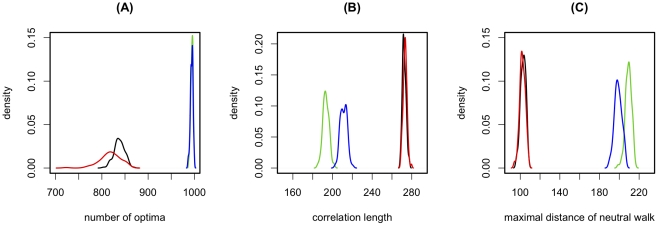Figure 4. The impact of the correlation structure of epistasis on the fitness landscape.
Distribution of ruggedness (A), correlation length (B), and neutrality (C), for different randomizations of the reference landscape. The following randomization schemes are used: In scheme 1 we draw main effects randomly with replacement from the distribution of main effects underlying the RL, whereas epistatic effects are kept as they are in the RL. This destroys any correlation between epistasis and main effects. In scheme 2 we additionally shuffle the non-zero epistasis values. This retains the information of which loci interact epistatically, but shuffles the value of any such interaction. Finally, in scheme 3, we fully shuffle all epistasis and main effect values, and thus destroy all correlations between effects. Each measure is inferred for 100 randomizations of each randomization type and the interpolation of the resulting distribution is plotted. : No randomization (i.e. the 100 realizations are done on the same landscape; black), scheme 1 (red), scheme 2 (blue), scheme 3 (green). For the latter two cases it should be noted that main effects and epistatic effects are shuffled separately, i.e. main effects remain main effects and epistatic effects remain epistatic effects.

